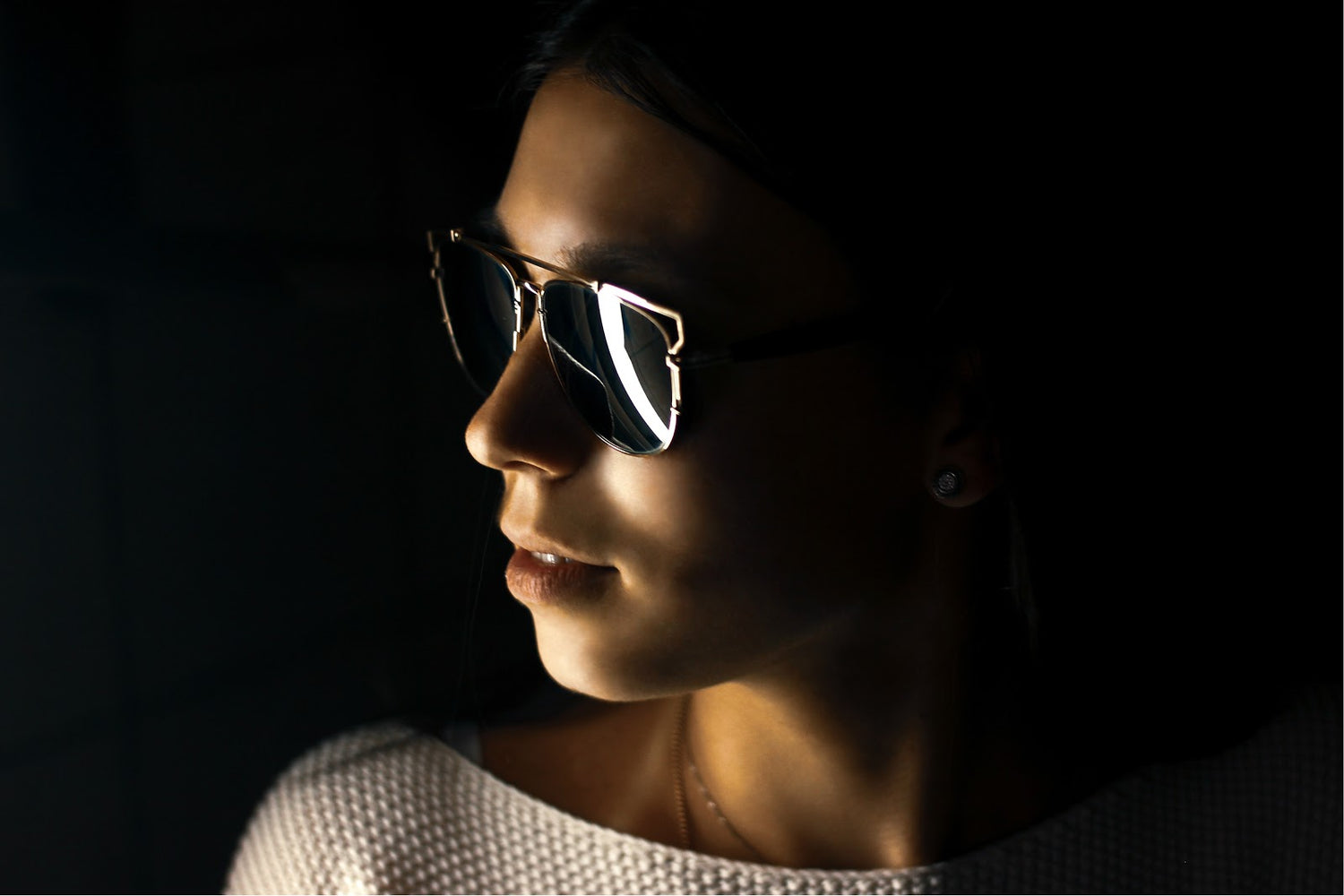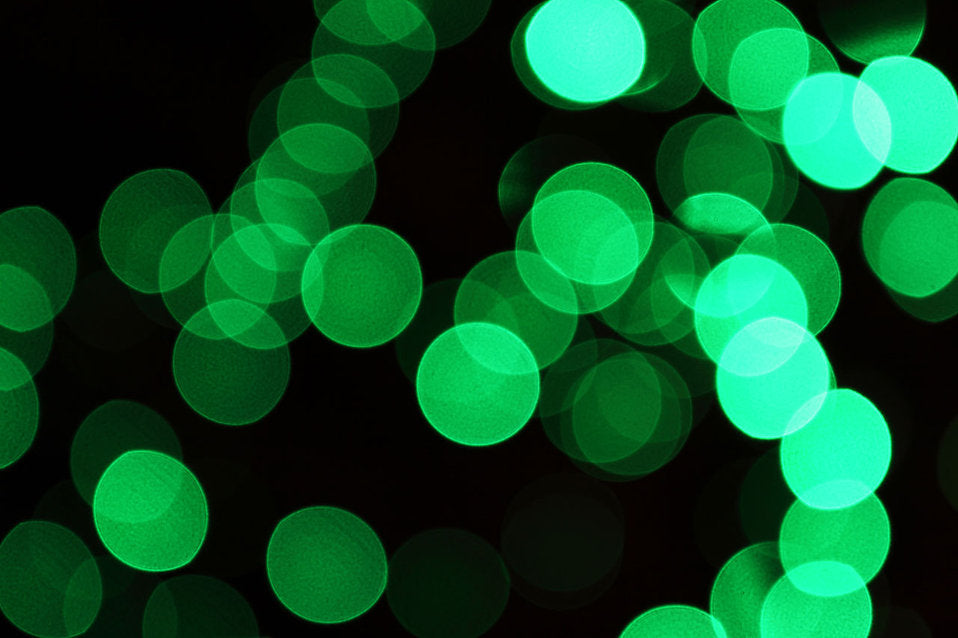Are you easily overwhelmed by everyday stimuli? Do bright lights cause you headaches? Do strong smells engulf your senses, impacting you more than others? Is a new scratchy sweater unbearable to wear? If so, you may be considered a highly sensitive person.
A highly sensitive person is someone who has a stronger than normal reaction to these common stimuli. Oftentimes these individuals have been diagnosed with sensory processing disorder. Sensory Processing Disorder (SPD) was originally called Sensory Integration Dysfunction and is a neurological disorder. Those with SPD have abnormal responses to sensory information.
How Do Migraines Impact Quality of Life?
A study by Frontiers in Neurology found that children who had migraines showed a higher prevalence of sensory processing difficulties as well as a lower quality of life. This study showed a clear link between consistent headaches, or migraines, and quality of life. While this may seem disheartening at a glance, the information is valuable. If you are prone to headaches or have been diagnosed with SPD, you’ll have to make an additional effort to improve your quality of life.
What does this look like? And where should you start?
A good place to begin is your home environment. You spend a significant amount of time in your home, so crafting a space that aligns with your needs is essential. Rather than taking a drastic and potentially harmful approach like wearing sunglasses inside, try incorporating more holistic ideas. A guide on home hacks for highly sensitive people has a good breakdown of some adjustments you can make based on your needs. Here are some of the tips they include for those with light sensitivities.
Home Modifications for Light Sensitivity
- Add blackout curtains to your bedroom. Light exposure has proven to have a direct impact on sleep duration, wake consolidation and sleep homeostasis. If you are sensitive to light, this will be even more extreme. To maintain a balanced sleeping schedule, put blackout curtains in your bedroom to use at night.
- Reduce blue light exposure before bed. Harvard Medical School explains that blue light, the light that comes from electronic screens, has a negative impact on sleep. Blue light is beneficial for boosting attention, reaction times and mood, but if consumed at night it can negatively impact your sleep cycle.
- Use a dimmer switch. If you are getting headaches indoors, you may consider adjusting your indoor lighting. While it’s not suggested to wear sunglasses inside because it may dark adapt your eyes, there are other options. Try replacing harsh lighting with warmer LED bulbs and add a dimmer feature to your lighting. If you don’t want to change the wiring, buy lamps that have a dimming feature.
- Invest in the right sunglasses. Whether you’re outdoors or indoors, be sure to use glasses for sensitive eyes. Sunglasses have different levels of light transmission, so be sure you get one that matches your needs. For indoor use, consider light sensitivity glasses that filter only the light that causes discomfort and lets the rest pass through.
Don’t let your migraine tendencies or light sensitivity take control of your life. Making these small adjustments to your home can make a big difference in your quality of life.

Bio:
Elsie Weisskoff is a content marketing specialist at Siege Media. She enjoys writing on a variety of topics, from lifestyle to tech. In her free time, you can find her soaking up the sun at the beach or researching her next trip abroad.





